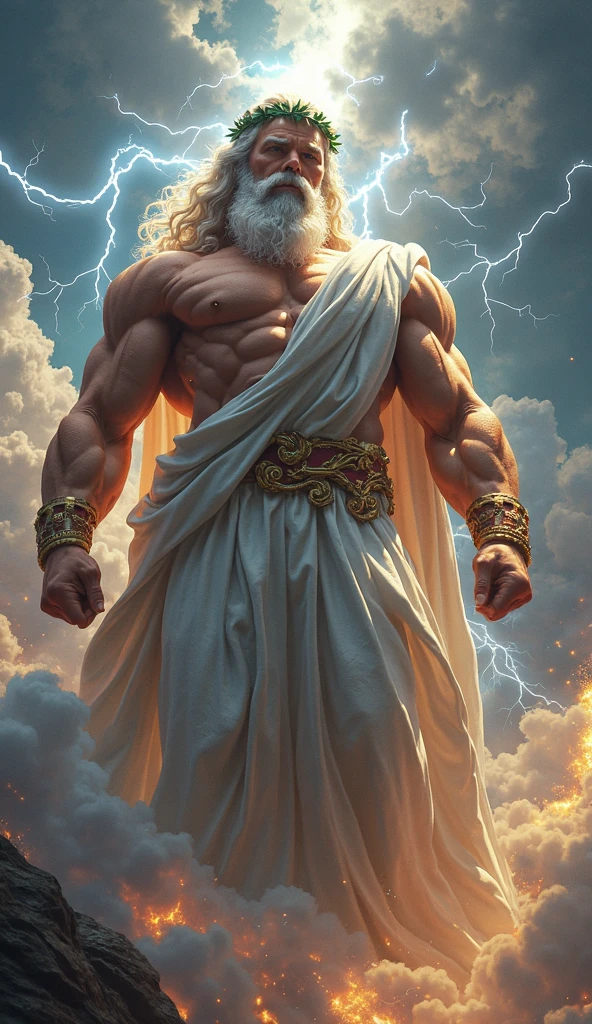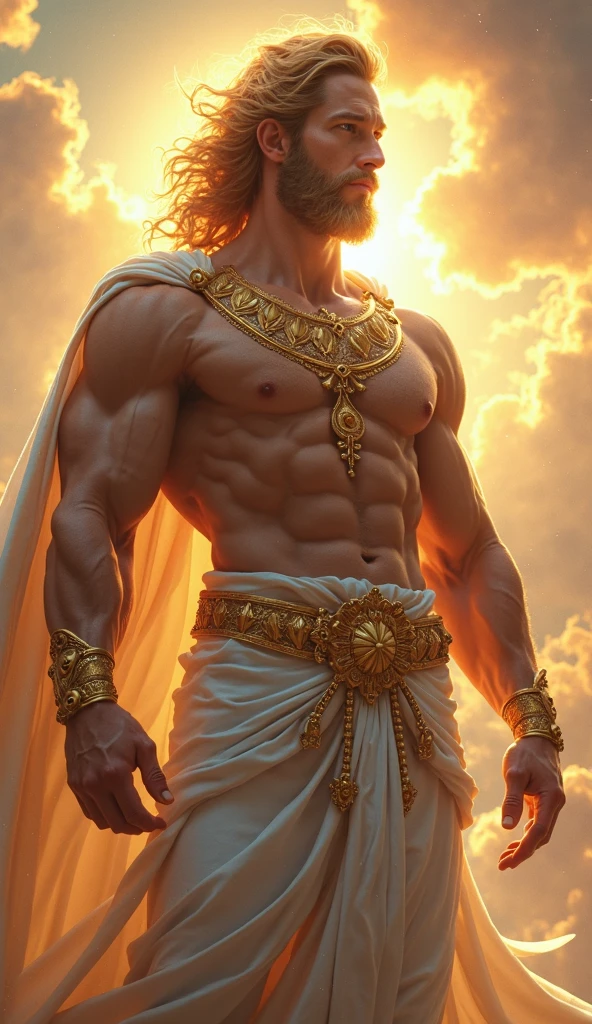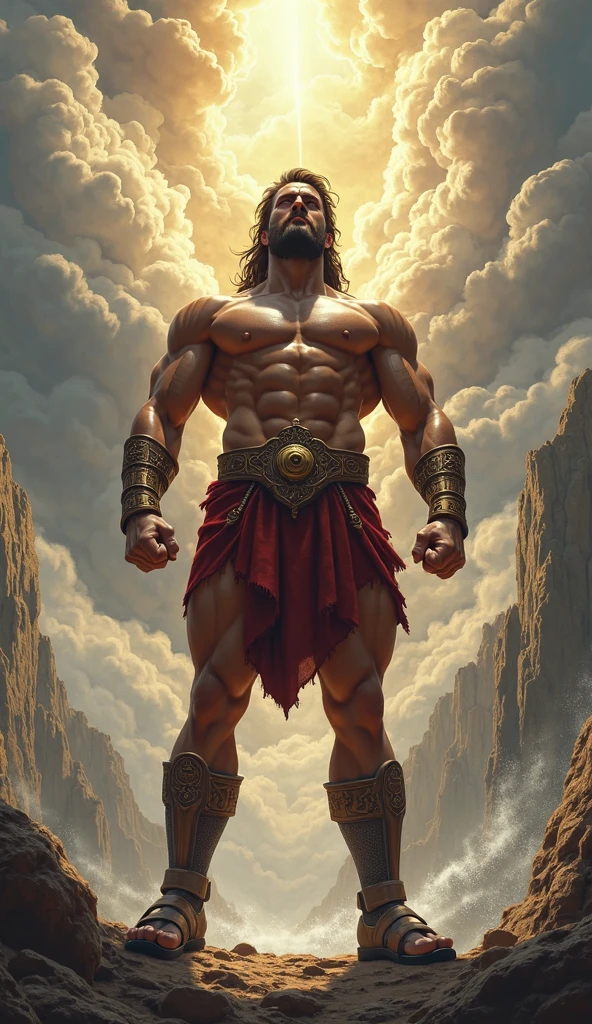Hades: The Underworld’s Most Underrated CEO
So, Where’d This Guy Even Come From?
Alright, let’s cut through the noise. When most people talk Greek gods, they’re all about Zeus’ lightning bolts or Poseidon’s trident. But Hades? The dude basically runs the afterlife’s most complex bureaucracy, and nobody gives him props. Born to Titans Cronus and Rhea, he got the short end of the stick from day one—swallowed whole by his dad, who was paranoid about some prophecy. Picture that family dinner. Luckily, baby Zeus later tricked Cronus into puking up his siblings, and Hades joined the ultimate sibling rebellion: the Titanomachy.Fighting Titans and Claiming His Throne
Let’s get one thing straight: the Titanomachy wasn’t just a slap fight between gods. This was a 10-year WWE smackdown for control of the cosmos. Hades wasn’t just there to cheerlead—he brought the heat. The Cyclopes hooked him up with the Helm of Darkness, basically an invisibility cloak on steroids. Imagine sneaking up on a Titan and whacking ’em with a spear. After winning, the brothers drew straws for domains. Zeus got the sky (classic overachiever), Poseidon the oceans (surf’s up!), and Hades? He got the Underworld. Sounds like a raw deal, right? Wrong. This wasn’t a punishment—it was a promotion. The guy became CEO of death, riches, and the ultimate gated community.Why the Underworld Isn’t Just “Hell Lite”
Hollywood loves painting the Underworld as all fire and brimstone, but ancient Greeks saw it differently. Think of it like a massive, multi-level airport. You’ve got the River Styx (check-in), Elysium (first-class lounge for heroes), Tartarus (the high-security prison wing), and Asphodel Meadows (economy seating for regular souls). Hades wasn’t some cackling villain—he was the guy making sure the trains (or in this case, souls) ran on time. Even his name, “The Unseen One,” low-key hints he’s not into drama. Plus, he’s linked to precious metals—gold, silver, you name it. Dude literally sits on a throne of wealth.The Underworld’s Greatest Hits: Rivers, Dogs, and Drama
Let’s break down the Underworld’s vibe. Spoiler: It’s not all doom and gloom.Five Rivers and Why They Matter
First off, the Underworld had five rivers, each with a vibe. Styx was the main artery—swear an oath on it, and even gods couldn’t back out. Lethe? That’s where souls chugged the “forget-your-life” Kool-Aid. Acheron was pure misery, Cocytus was all the weepy stuff, and Phlegethon was lava, because why not? At the center was Hades’ pad: a shadowy palace where he chilled with his queen, Persephone, and his judges. No invite-only parties, though.Cerberus: The Goodest (and Scariest) Boy
You can’t talk Hades without mentioning his three-headed Rottweiler, Cerberus. This fluffy nightmare guarded the gates, making sure no dead folks pulled a fast one. Then there’s Charon, the ferryman who demanded a coin for a ride across the Styx. Forget your wallet? Congrats, you’re stuck haunting the shoreline for a century. Hades didn’t do exceptions—rules were rules.Myths That Need a Rewrite
Pop culture botches Hades’ rep. Let’s set the record straight.Persephone: Not Just a Kidnapping Victim
Okay, the whole “abduction” thing? Ancient sources like the Homeric Hymn to Demeter make it clear Zeus was in on it. Hades asked permission to marry Persephone, Zeus said “sure,” and Demeter (Persephone’s mom) threw a fit that caused global crop failure. The compromise? Persephone splits her year—winter in the Underworld, summer on Earth. This wasn’t just a seasons myth; it showed Hades as part of life’s cycle, not some creepy kidnapper.Hades vs. Heroes: Spoiler, He’s Not the Bad Guy
When heroes like Heracles rolled up to the Underworld, Hades wasn’t twirling a mustache. For Heracles’ 12th labor, Hades let him borrow Cerberus—as long as he didn’t use weapons. Orpheus? He almost got his wife back by serenading Hades, but blew it by looking back too soon. The takeaway? Hades respects hustle but hates rule-breakers. Fair, honestly.Trivia Time: Hades Edition
- Hades’ nickname “Plouton” tied him to wealth—farmers prayed to him for fertile soil.
- Unlike Zeus or Poseidon, Hades had almost no temples. Greeks were too scared to say his name out loud.
- His Helm of Darkness inspired Percy Jackson’s invisibility cap—Rick Riordan did his homework.
- Some myths hint Persephone grew to love ruling the Underworld. Power couple goals?
Hades and Persephone: The Underworld’s Original Power Couple
Let’s tackle the elephant in the room: Hades and Persephone’s marriage. Hollywood loves painting this as a toxic kidnapping saga, but ancient sources? They’re way more nuanced. Think of it less “Stockholm Syndrome” and more “arranged marriage with benefits.”The Marriage Contract (Yes, There Was One)
According to the Homeric Hymn to Demeter, Zeus greenlit the union because Hades was, frankly, a better catch than most Olympians. No cheating scandals, no petty squabbles—just a god who took his job seriously. Persephone wasn’t a passive victim either. Over time, she became the Queen of the Dead, wielding power over life’s transitions. Their partnership? It balanced Hades’ strict justice with her compassion. Think of them as the underworld’s version of a corporate merger—efficient, strategic, and surprisingly stable.Persephone’s Dual Role: Goddess of Spring and Death
Here’s the kicker: Persephone wasn’t just a seasonal decoration. Her time in the Underworld allowed her to oversee sacred mysteries, like the Eleusinian Mysteries, which promised initiates a better afterlife. She softened Hades’ rep, proving that death wasn’t just an end—it was a transition. Together, they managed the ultimate HR department: processing souls, rewarding heroes, and punishing the wicked.Hades vs. Mortals: When Heroes Tried to Cheat Death
Ancient heroes had a bad habit of thinking they could outsmart the Lord of the Dead. Spoiler: They couldn’t. But their failures reveal a lot about Hades’ rep among the living.Orpheus and Eurydice: The Ultimate “Don’t Look Back” Story
Orpheus’s quest to retrieve his wife Eurydice is the OG tragic love story. Armed with a lyre, he serenaded Hades and Persephone into tears. The deal? Eurydice could leave—but only if Orpheus didn’t glance back until they reached the surface. Of course, he blew it at the last second. But here’s the twist: Hades never lied. He set clear terms, and Orpheus failed. This wasn’t cruelty—it was about respecting boundaries. Even love couldn’t bend the Underworld’s rules.Theseus and Pirithous: The Dumbest Rescue Mission Ever
Then there’s Theseus and his buddy Pirithous, who tried to kidnap Persephone (seriously, guys?). Hades responded by inviting them to a “feast”—where they got glued to the Chairs of Forgetfulness. Theseus got rescued later, but Pirithous? Eternal seating. Moral of the story: Don’t disrespect the Underworld’s first lady.Worshiping the Unseen: Hades’ Bizarre (Lack of) Cult Following
Unlike Zeus or Athena, Hades had almost no temples. Greeks were terrified of attracting his attention. But that doesn’t mean they ignored him.Secret Rituals and the Eleusinian Mysteries
The Eleusinian Mysteries, one of antiquity’s biggest cults, focused on Persephone’s annual return to Earth. But Hades played a silent role here—initiates believed understanding death was key to living fully. Rituals involved sacred drinks (possibly hallucinogens) and dramatic reenactments of Persephone’s abduction. It was less about worshiping Hades and more about respecting his domain’s inevitability.Plouton: The “Nice Guy” Version of Hades
Farmers sometimes called him Plouton (“wealth-giver”), praying to him for fertile soil and mineral riches. This wasn’t about liking him—it was transactional. “Keep your Underworld, just give us a good harvest.” Coins for Charon? Same deal. Pay the toll, avoid his wrath.Hades in Pop Culture: From Villain to Antihero
Modern media can’t decide if Hades is a devil or a dark hero. Let’s unpack the rebrand.Disney’s Hades: Sarcastic CEO of the Underworld
The 1997 Hercules movie turned him into a fast-talking, blue-flamed schemer. It’s hilarious, but way off-base. Real Hades wasn’t a joke—he was the guy you didn’t joke about. Still, the film nailed one thing: his frustration at being overlooked by Zeus.Hades in Video Games: God of the Grind
Games like Hades (Supergiant, 2020) reinvent him as a tired bureaucrat managing souls. Zagreus, his son, rebels against his dad’s strictness—a fresh take on their strained relationship. It’s fiction, but it echoes ancient themes: Hades isn’t evil, just overworked.Trivia: More Underworld Facts You’ll Love
- Hades’ Roman name, Pluto, inspired the dwarf planet—but astronomers downgraded both.
- Only one temple to Hades is confirmed, in Elis—it opened once a year, and only priests could enter.
- In some versions, Hades invented the first funeral rites to stop humans from hoarding corpses.
- The Orphic Hymns describe him as “Zeus of the Depths,” linking him to hidden knowledge.
Hades’ Divine Résumé: Powers, Abilities, and Cosmic Clout
Let’s get one thing straight: Hades wasn’t just some basement-dwelling god. He had a skillset that made even Zeus hesitate to pick a fight. Here’s why the Lord of the Dead was untouchable.Godly Powers: More Than Just “Death Guy”
1. Sovereignty Over the Dead
Hades didn’t just babysit souls—he owned them. Once you crossed the Styx, you were on his turf. He could trap souls in Tartarus, grant VIP access to Elysium, or let ’em wander Asphodel. Even heroes like Heracles had to ask nicely to borrow Cerberus. No exceptions.2. The Helm of Darkness: Ultimate Stealth Mode
Forged by the Cyclopes during the Titanomachy, this bad boy made Hades invisible to gods and mortals. He used it to ambush Titans, but later myths hint he’d sneak into Olympus to people-watch. Zeus never caught him—talk about petty revenge.3. Control Over Earth’s Riches
Ever wonder why his Roman name’s Pluto (wealth)? Hades governed precious metals and gems. Farmers prayed to him for fertile soil, and miners left offerings before digging. Dude basically ran the ancient economy’s backend.Feats That Prove He’s the Underworld’s GOAT
The Titanomachy MVP
While Zeus hogged credit, Hades’ stealth attacks with the Helm of Darkness turned the tide. Post-war, he secured his realm without whining—unlike Poseidon, who threw tantrums over land disputes.Keeping the Dead in Check (No Revolts Allowed)
Only two souls ever escaped the Underworld: Sisyphus (who tricked death) and Persephone (part-time). Both times, Hades shut it down fast. Sisyphus got eternal rock-pushing duty, and Persephone’s commute? Strictly scheduled.Surviving a Heracles Headbutt
In one wild myth, Heracles wrestled Hades to cure his own insanity. The god got stabbed with an arrow… and walked it off. Mortals? They’d disintegrate. Hades just went back to work, because gods don’t take sick days.Hades vs. Other Gods: Why They Feared His Authority
Zeus ruled the sky, but Hades had something better: leverage. Every god’s favorite mortals ended up in his realm. Cross him? Say goodbye to your half-human kid’s afterlife spa days.The “Unseen” Bargaining Chip
Even Aphrodite avoided mocking Hades. Why? He controlled the fate of every soul she’d ever seduced. When Persephone ate those pomegranate seeds, Demeter had to negotiate—not Zeus. Hades held all the cards.Trivia: Hades’ Most Badass Moments
- He’s one of the few gods never dethroned—even by Zeus.
- His chariot, pulled by four black horses, could melt into shadows.
- In some tales, he cursed mortals with immortality (worse than death, apparently).
- The Erinyes (Furies) reported to him, hunting oath-breakers like divine FBI agents.
You can download the Greek Gods book here: DOWNLOAD



